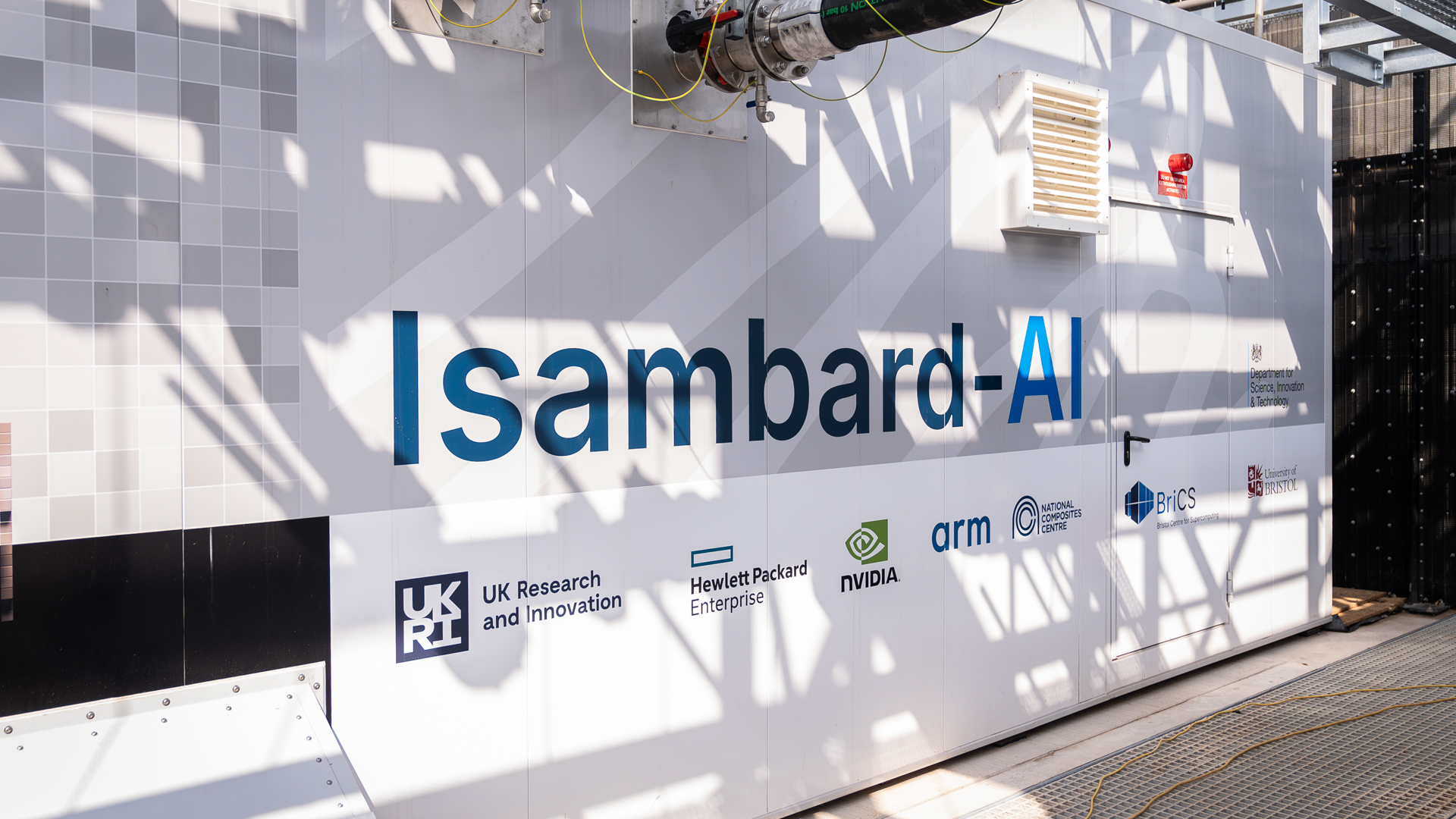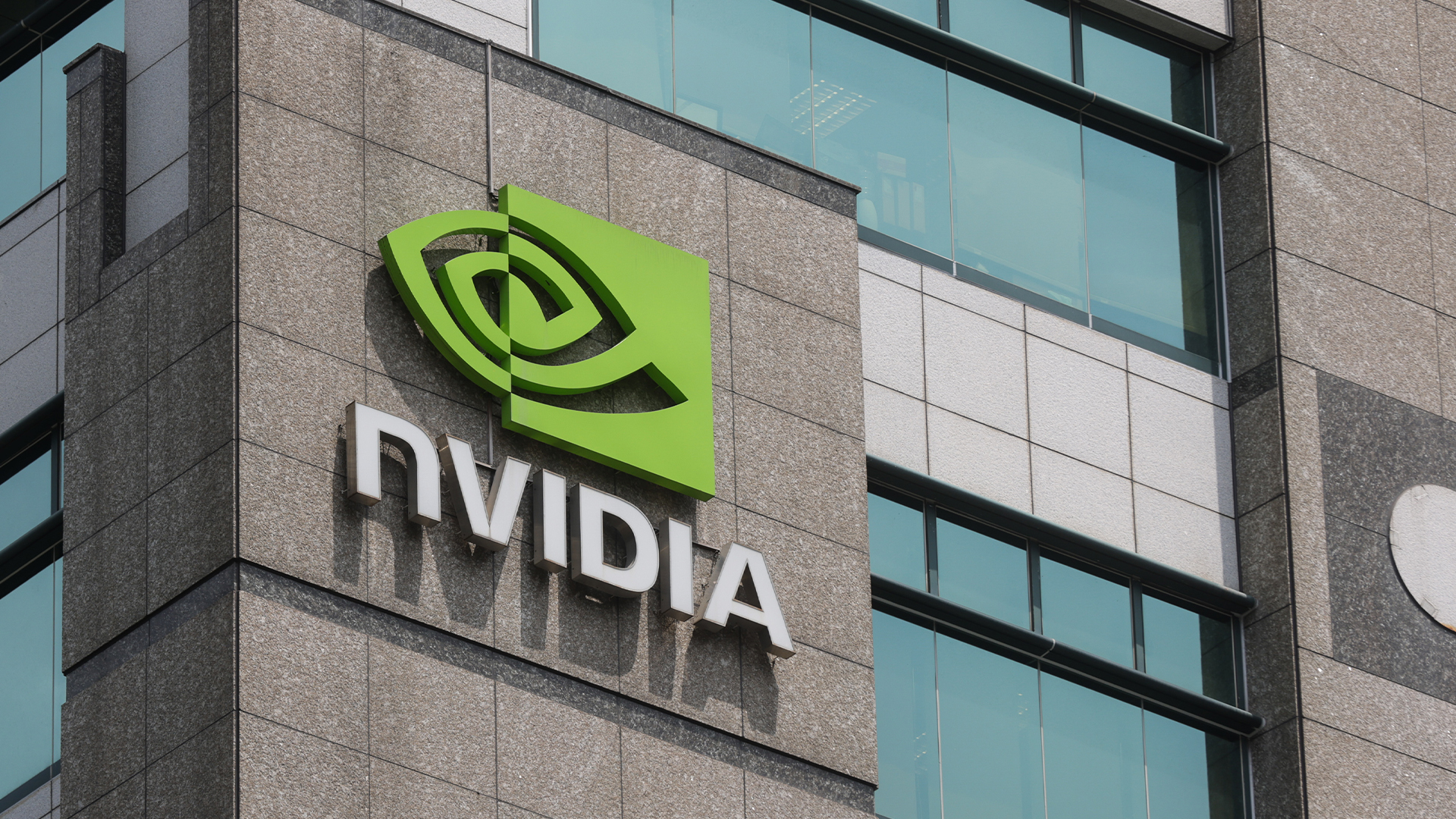Nvidia wants telcos to ramp up 6G research — and it’s betting AI will be the key to future development
Nvidia has unveiled a new 6G research platform that will allow telcos to explore using AI for radio access network technology


Nvidia has announced a new research platform that will help organizations accelerate the development of 6G technologies, the next generation of wireless technology.
The Nvidia Research Cloud platform will provide researchers with a “comprehensive suite to advance AI for use in radio access network (RAN) technology”, according to the announcement.
The platform will allow customers to simulate cloud communication environments in order to research 6G, which is expected to reach commercial viability nearer 2030.
Nvidia’s new platform boasts early adopters and partners such as Ansys, Arm, ETH Zurich, Fujitsu, Keysight, Nokia, Northeastern University, Rohde & Schwarz, Samsung, SoftBank Corp, and Viavi.
It will consist of three ‘foundational elements’, Nvidia Aerial Omniverse Digital Twin for 6G, Aerial CUDA-Accelerated RAN, and the Sionna Neural Radio Framework.
The Aerial Omniverse Digital Twin for 6G is a reference application that enables physically accurate simulations of 6G systems of various sizes, from a single tower to an entire city.

Researchers will be able to simulate and build base-station algorithms using site-specific data and train models in real time to boost transmission efficiency.
Sign up today and you will receive a free copy of our Future Focus 2025 report - the leading guidance on AI, cybersecurity and other IT challenges as per 700+ senior executives
Testing and simulation are set to be key in the journey towards the next generation of wireless technology. As such, engineering software company Ansys announced it would be integrating its Perceive EM solver into the Omniverse ecosystem.
Nvidia’s Aerial CUDA-Accelerated RAN refers to a software-based full-RAN stack that offers researchers the freedom to customize, program, and test 6G networks in real time.
The Sionna Neural Network Framework integrates popular frameworks like PyTorch and TensorFlow, allowing users to leverage Nvidia GPUs to generate and capture data as well as training AI and ML models at scale.
Included in this package is Sionna, described by Nvidia as “the leading link-level research tool for AI/ML-based wireless simulations.”
Nvidia wants to drive the "next leap" in wireless communications
Nvidia boasted its 6G Research Cloud Platform is able to bring together these tools to help telecom companies unlock the full potential of 6G.
Charlie Zang, SVP of Samsung Research America, said the intersection of AI and 6G has the potential to be transformative, and could reimagine digital communication.
“The future convergence of 6G and AI holds the promise of a transformative technological landscape,” he explained
RELATED WHITEPAPER
“This will bring seamless connectivity and intelligent systems that will redefine our interactions with the digital world, ushering in an era of unparalleled innovation and connectivity.”
SVP of Telecom at Nvidia, Ronnie Vasishta, said access to AI, a software-based full-RAN reference stack, and digital twin technology will be key in achieving the transmission efficiencies required for the jump to 6G.
“The massive increase in connected devices and host of new applications in 6G will require a vast leap in wireless spectral efficiency in radio communications… Key to achieving this will be the use of AI, a software-defined, full-RAN reference stack and next-generation digital twin technology.”

Solomon Klappholz is a former staff writer for ITPro and ChannelPro. He has experience writing about the technologies that facilitate industrial manufacturing, which led to him developing a particular interest in cybersecurity, IT regulation, industrial infrastructure applications, and machine learning.
-
 Trump's AI executive order could leave US in a 'regulatory vacuum'
Trump's AI executive order could leave US in a 'regulatory vacuum'News Citing a "patchwork of 50 different regulatory regimes" and "ideological bias", President Trump wants rules to be set at a federal level
-
 TPUs: Google's home advantage
TPUs: Google's home advantageITPro Podcast How does TPU v7 stack up against Nvidia's latest chips – and can Google scale AI using only its own supply?
-
 Nvidia just announced new supercomputers and an open AI model family for science at SC 2025
Nvidia just announced new supercomputers and an open AI model family for science at SC 2025News The chipmaker is building out its ecosystem for scientific HPC, even as it doubles down on AI factories
-
 US Department of Energy’s supercomputer shopping spree continues with Solstice and Equinox
US Department of Energy’s supercomputer shopping spree continues with Solstice and EquinoxNews The new supercomputers will use Oracle and Nvidia hardware and reside at Argonne National Laboratory
-
 UK to host largest European GPU cluster under £11 billion Nvidia investment plans
UK to host largest European GPU cluster under £11 billion Nvidia investment plansNews Nvidia says the UK will host Europe’s largest GPU cluster, totaling 120,000 Blackwell GPUs by the end of 2026, in a major boost for the country’s sovereign compute capacity.
-
 Inside Isambard-AI: The UK’s most powerful supercomputer
Inside Isambard-AI: The UK’s most powerful supercomputerLong read Now officially inaugurated, Isambard-AI is intended to revolutionize UK innovation across all areas of scientific research
-
 ‘This is the largest AI ecosystem in the world without its own infrastructure’: Jensen Huang thinks the UK has immense AI potential – but it still has a lot of work to do
‘This is the largest AI ecosystem in the world without its own infrastructure’: Jensen Huang thinks the UK has immense AI potential – but it still has a lot of work to doNews The Nvidia chief exec described the UK as a “fantastic place for VCs to invest” but stressed hardware has to expand to reap the benefits
-
 Nvidia GTC 2025: Four big announcements you need to know about
Nvidia GTC 2025: Four big announcements you need to know aboutNews Nvidia GTC 2025, the chipmaker’s annual conference, has dominated the airwaves this week – and it’s not hard to see why.
-
 HPE unveils Mod Pod AI ‘data center-in-a-box’ at Nvidia GTC
HPE unveils Mod Pod AI ‘data center-in-a-box’ at Nvidia GTCNews Water-cooled containers will improve access to HPC and AI hardware, the company claimed
-
 Run.ai software will be made open source in wake of Nvidia acquisition
Run.ai software will be made open source in wake of Nvidia acquisitionNews Infrastructure management tools from Run:ai will be made available across the AI ecosystem
